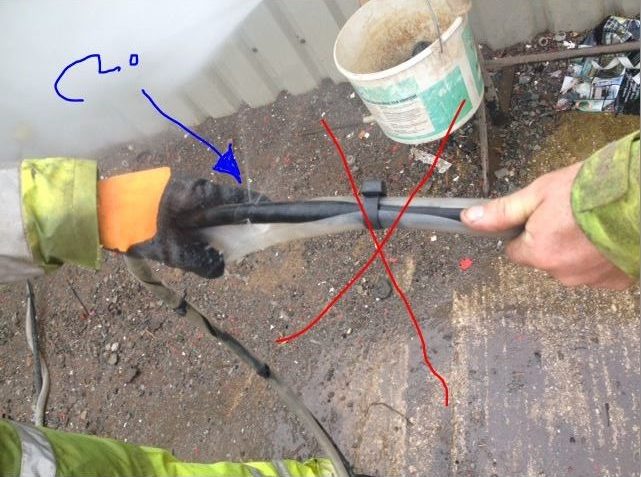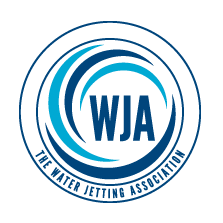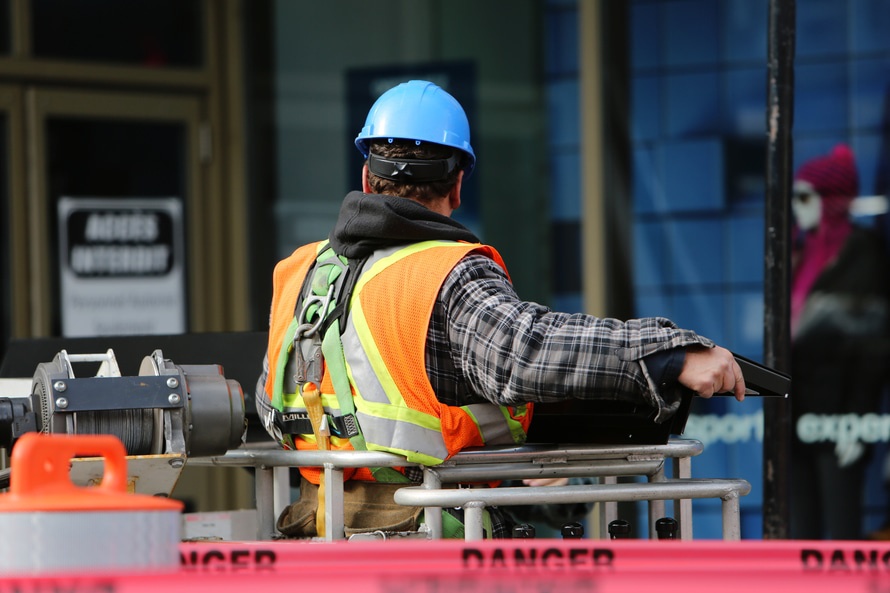High pressure water jets can be versatile, accurate and efficient, making them an excellent choice for tasks such as cleaning and concrete removal. However, when the correct practices aren’t followed, they can also be extremely dangerous for operatives.
Why is Using High Pressure Water Jets a Risk?
Industrial water jetting equipment is designed for efficient, accurate use. The equipment provides little to no vibrations, and the powerful water stream allows for highly targeted cleaning and concrete cutting.
Of course, any type of demolition or cleaning at this power comes with certain risks. Whenever operatives are required to utilise something this powerful, it is essential that they are competent in its use, and that they are equipped with both the appropriate machinery and personal protective equipment (PPE) for the task at hand.
Unfortunately, sometimes accidents do happen. This can usually be attributed to factors such as:
- Misuse of equipment
- Failures to complete risk assessments
- Lack of operator knowledge and experience
One of the best ways to prevent against high pressure water jetting injuries is to invest in reputable, serviced water jetting machines, and to provide your operatives with the appropriate water jetting safety awareness training. This must be carried out every three years, and it can be taught to your team by one of our experienced operatives.
Safe Use of High Pressure Water Jetting Equipment
Regular maintenance and equipment checks are an essential part of protecting operatives at work. These should be carried out in accordance with manufacturer recommendations. If any faults were identified at the last service and they haven’t been fully rectified, then the equipment shouldn’t be used.
Below is an example of unsafe water jetting equipment use, sent to us by a customer. It shows a hose under 1000 bar pressure with a split by the washer. The hose is also being held by two operators, and one peron isn’t wearing gloves (an important part of PPE).

Our customer wanted to ask whether they could use the split hose, and if it had the potential to burst and harm the operators. They also wanted to know if it would be possible to repair the hose.
“One of the lads has reported a split in the hose on the washer this morning. I’m concerned that if we continue to use it with a split in the hose it will burst and endanger the operator? Do you have a hose repair kit that you can come and use to fix the hose…if not am I right to assume we need to purchase another one?”
After reading the query and viewing the image, it was immediately clear to us that the hose wasn’t fit for use. The Water Jetting Association’s Blue Code of Practice clearly states that high pressure hoses should never be repaired or re-ended, and so we advised our customer to dispose of it safely and invest in a new product.
For those responsible for the operation of high pressure water jetting equipment, it is important to remember the testing conditions which the hose is often placed under. It has to withstand being pushed, pulled, and dragged over a range of difficult surfaces, and this can take its toll. In order to reduce the chances of workplace accidents, you should inspect the hose before each use and ensure that it is in proper working condition.
You should ensure that anybody, including yourself, who operates the equipment is competent and has received the proper training for the task at hand. All equipment that is setup must also adhere to the manufacturer regulations.

Our View on Water Jetting Safety
Water jetting safety is something we take very seriously, both for our employees’ benefit and the benefit of the client. Our expertise and our membership to the Water Jetting Association means that we can train people in how to use all manners of water jetting equipment safely and effectively.
Alongside this, we pride ourselves on how safely we operate our equipment on site. Contact us today and see what we can do for your business and to learn more about water jetting safety.

